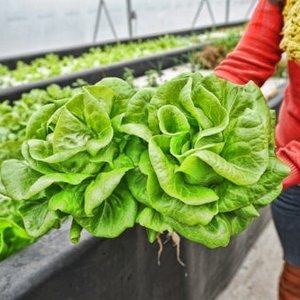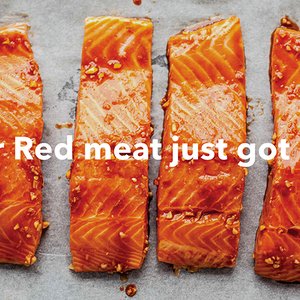Philippine researchers at SEAFDEC/AQD are testing green “spaghetti algae,” Chaetomorpha linum, in fish and shrimp feeds as part of a broader move to reduce the cost of aquafeeds. “The use of alternative ingredients, especially if these are locally available and sustainably produced, may considerably reduce the cost of formulated feeds,” said Joseph Biñas, associate researcher and feed mill supervisor at the Southeast Asian Fisheries Development Center Aquaculture Department (SEAFDEC/AQD) in Tigbauan, Iloilo.
Spaghetti algae is considered a nutritious source because it has a protein content of up to 17% and contains various health-promoting bioactive compounds. This species grows locally year-round and can tolerate a wide range of environmental conditions.
In this SEAFDEC/AQD-funded research, the algae were incorporated into the feed, partially substituting soybean meal and fishmeal. Aquafeeds, containing from 0% to 18% of processed spaghetti algae, were tested for 90 days on tiger shrimp juveniles. Results showed that shrimp survival and growth were normal with up to 12% of spaghetti algae in the diet, while sweet potato seems to be at 6%.
Researchers are improving the quality of the spaghetti algae by using lactic acid bacteria, yeast and fungi to ferment it before including it in feeds. Fermentation improves the nutritional quality of alternative protein sources. “Once the fermentation protocol is optimized, fermented spaghetti algae can then be produced in large scale quantities,” said Biñas. Spaghetti algae will also be tested as a potential feed source for tilapia and milkfish.













